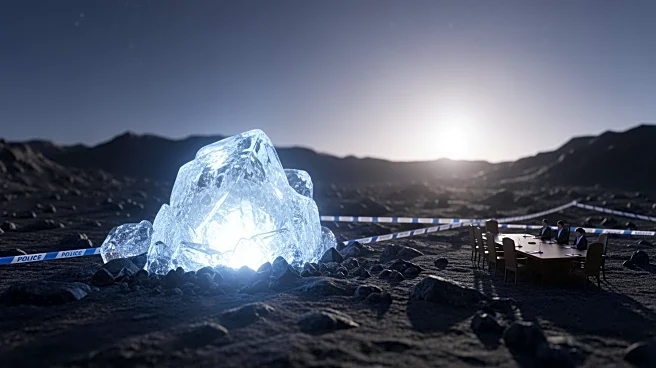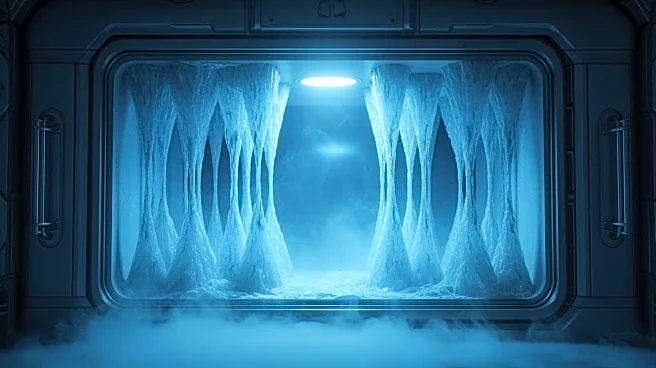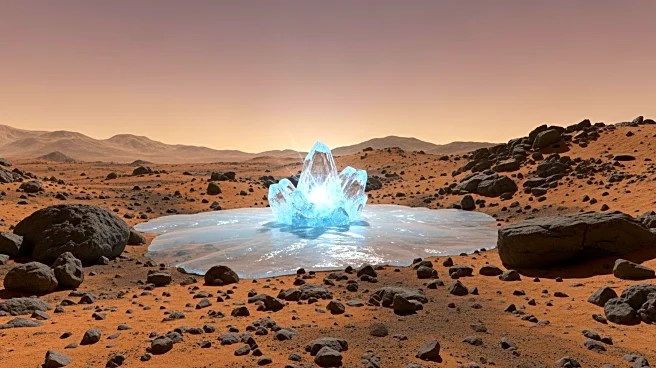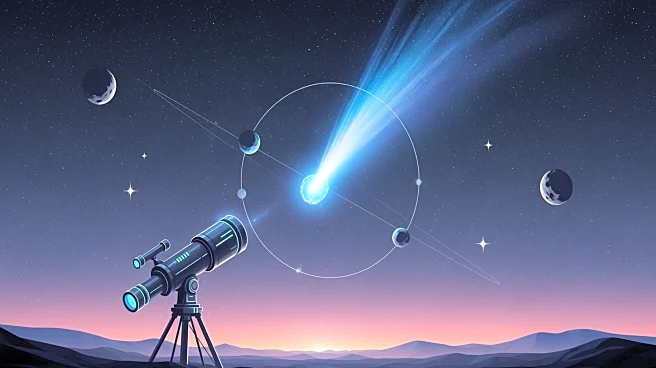What's Happening?
A new study from NASA and Penn State University indicates that if life ever existed on Mars, traces of it might be preserved in the planet's icy subsurface. Researchers conducted laboratory experiments
simulating Mars conditions, freezing samples of E. coli bacteria in pure water ice and a mixture of water and Martian soil ingredients. The samples were exposed to radiation levels equivalent to 50 million years on Mars. The study found that amino acids survived better in pure ice than in ice mixed with sediment, suggesting that pure ice regions on Mars are ideal for preserving biological material.
Why It's Important?
The findings suggest that future Mars missions could potentially discover traces of ancient microbial life preserved in subsurface ice. This has significant implications for understanding the history of life on Mars and the planet's habitability. The study highlights the importance of targeting pure ice regions during future missions, as they are more likely to contain preserved biomolecular traces. This could guide the design of tools capable of drilling into subsurface ice deposits, enhancing the search for life on Mars.
What's Next?
Future Mars missions may focus on exploring pure ice regions to search for preserved biological material. The study suggests that tools capable of drilling into subsurface ice deposits will be crucial for these missions. Researchers will continue to study the preservation of biomolecules in Martian ice to refine search strategies and improve the chances of discovering traces of life.
Beyond the Headlines
The study provides insight into the preservation of biomolecules in extreme conditions, which could have broader implications for understanding life's resilience in harsh environments. The research also highlights the potential for discovering life on other icy bodies in the solar system, such as Europa and Enceladus, where similar preservation conditions may exist.











